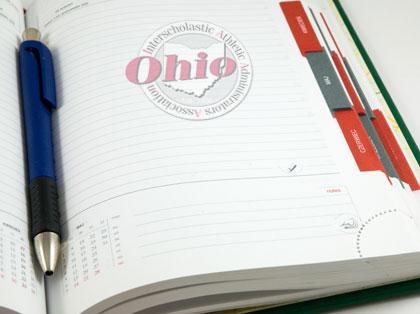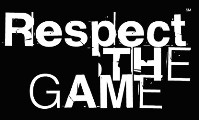Big Brother is watching.
If you’re a decent high school football player, so is every recruiting director in the country.
To the best of our knowledge, no recruits are being reassigned to the Ministry of Love like in the book 1984, but plenty of them are costing themselves college scholarships by what they post on social media accounts.
The NCAA mandates that coaches are not allowed to contact high school freshmen and sophomores at all, and they are allowed to contact juniors through phone call only once. In conjunction with these rules and the ease of access proved by the Internet and smart phones, the recruiting process is mostly digital. In 2014, coaches who rely only on letters and phone calls are committing career suicide.
It’s a two-way process on social media. Yes, programs use services like Twitter, Instagram, and Facebook to contact recruits, but they also use them to weed out some players.
“Some guys, yeah, we’ve thrown out right away,” University of Toledo director of high school relations John Kuceyeski said. “It’s a quick snapshot of your life. It says more than you think about yourself.”
Many Mid-American Conference schools feel the same way. Social media is not the only thing at which programs look when evaluating potential recruits, but it is very useful for targeting the correct players.
With only 25 scholarships to offer per year, schools have to be careful about whom they recruit, and social media posts are an easy way to trim the field.
“If I see things out there that I’m not too fond of in terms of decision-making and pictures and language and things of that nature,” Buffalo coach Jeff Quinn said, “it’ll certainly present to me and my staff that we better dig in deep if this is the way we’re going to go in terms of taking a kid. If not, then move on. There are probably other kids out there who are a better option for us.”
The recruiting process is totally different from when Kent State coach Paul Haynes did it himself as a high school player in 1987, or even since Toledo coach Matt Campbell did it in the late 90s.
The point most coaches try to make to recruits — and to their own players — is that social media posts do not exist in a bubble, no matter how hard one tries.
“We talk to our kids and I’m sure the high school coaches talk to their guys just about the power of whatever you write,” Haynes said. “Just because that it says you have a privacy — there is no such thing. Anyone can get to it and into it, so just be careful what you put on it.”
The option to skip out on using social media is unwise for a program. The ones that aren’t using social media effectively are the ones that aren’t building good recruiting classes.
Before long, that will show up on Saturdays.
“The means in which we get information to our recruits, the things that they look at — that you know they’re looking at, that you make sure they see positive things — if you’re not doing it, it’s almost like guilt by omission that you’re not doing what you have to do to attract their attention,” Akron coach Terry Bowden said.
For a program like Akron, which was at the bottom of the FBS only a few seasons ago, looking far and wide is the best way to turn around its hopes. The best way to acquire talent is to recruit well, and in 2014, that means diligently minding social media.
Bowden said Akron will recruit a player “until he tells us to our face, ‘Don’t recruit me.’ ”
Even with social media playing a huge role, college programs must have good relationships with high school coaches, Kuceyeski said. He said that Toledo knows about the character of most kids without looking at their Twitter pages, and it comes from conversations with coaches, teachers, and counselors.
When bringing a player to a new environment — one in which he will have lots of attention and will serve as a university representative — programs have to vet every potential player.
“You look at the history of our football team, I’d guess about 85 percent of guys on our team were captains in high school,” Kuceyeski said.
“That doesn’t happen by default.”
It’s an uncertain process, to be sure, but the consensus among most college coaches is that social media is a necessary evil.
The additional resource gives programs another way to make more informed decisions, and most coaches believe it would be foolish not to use it.
“You’re never going to be 100 percent perfect, but I think if you use every tool out there, that really shows what kind of person you’re bringing into your program,” Campbell said. “Whether you like it or not, kids are right at your fingertips.”
Contact Nicholas Piotrowicz at:
npiotrowicz@theblade.com,
724-6110, or on
Twitter @NickPiotrowicz.













































